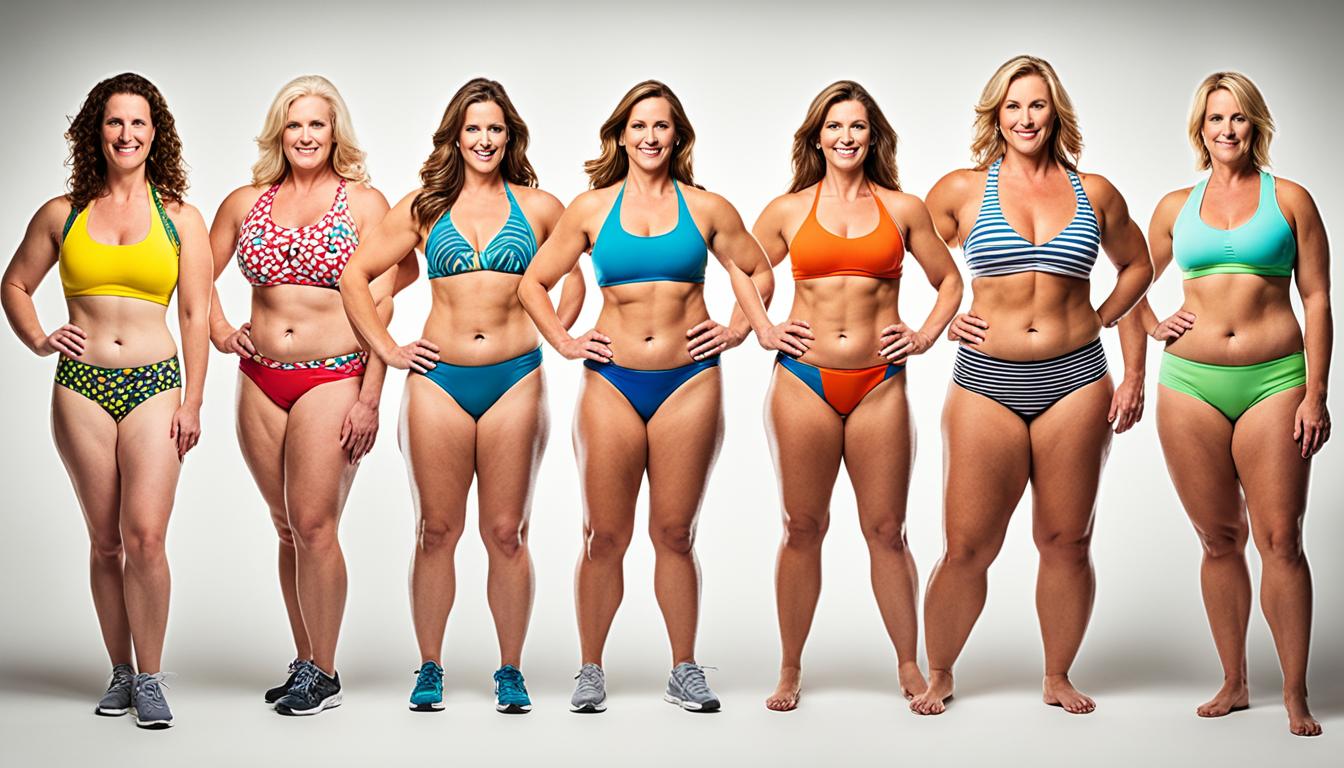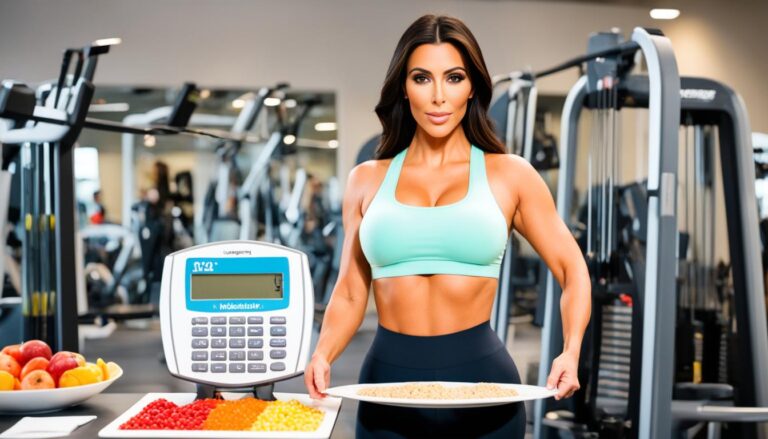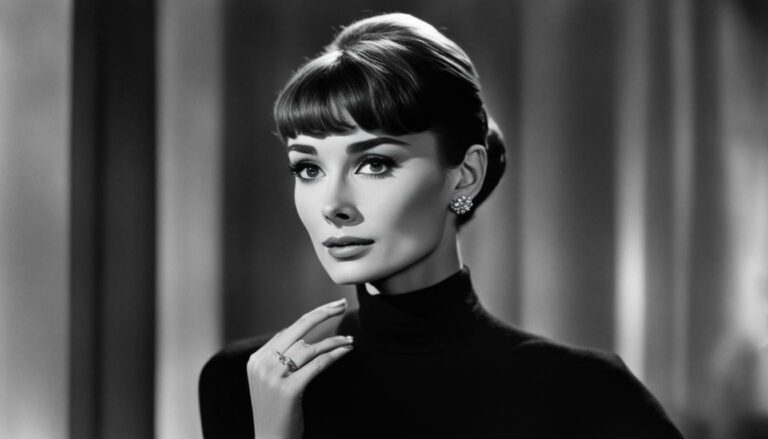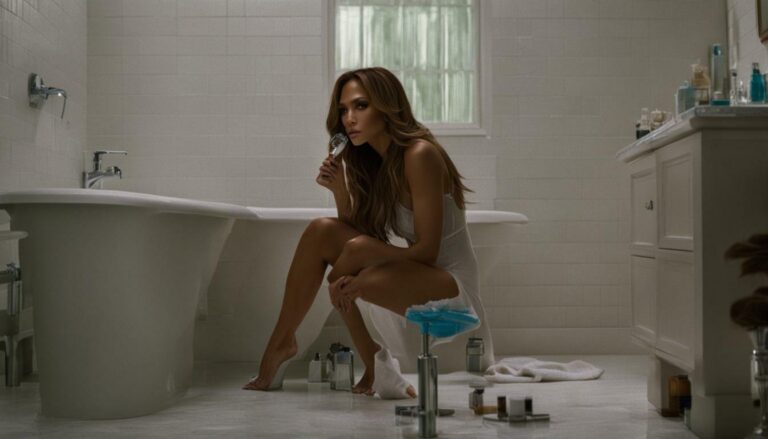What are the most liked body types?
When it comes to body types, there is a wide range of preferences among individuals. What one person finds attractive, another may not. However, through surveys and studies, we can gain some insight into the most liked body types.
According to a survey of 423 women, the most attractive amount of muscle for a man to build is a balance between athletic and strong. 51% of women preferred the athletic build, while 43% preferred the strong build. In terms of body-fat percentage, a lower percentage is generally preferred. Specifically, 58% of women chose a body with a flat stomach, and 39% preferred a body with abs. When it comes to proportions, most women prefer a balanced, athletic body with well-developed arms, chest, shoulders, and abs. Additionally, the survey revealed that a majority of women prefer a medium level of muscularity, rather than extremes of being extremely muscular or skinny.
Overall, the most liked body types are those that exhibit a balance between athleticism and strength, with a lower body-fat percentage and well-proportioned muscles. While individual preferences may vary, these preferences provide valuable insights into attractive body types.
Key Takeaways:
- 51% of women prefer an athletic build, while 43% prefer a strong build.
- 58% of women find a flat stomach most attractive, while 39% prefer abs.
- Well-developed arms, chest, shoulders, and abs are considered attractive by most women.
- A majority of women prefer a medium level of muscularity.
- Individual preferences for body types may vary.
The Impact of Genetics and Exercise on Body Types
When it comes to our body types, genetics and exercise both play crucial roles in determining our physical appearance. While genetics lay the foundation for our natural body type, exercise and fitness choices can influence and modify it to some extent.
Genetics dictate whether we have a naturally lean and slender ectomorph body type, a naturally muscular mesomorph body type, or a rounder endomorph body type. These inherent traits are determined by our genetic makeup and are not easily changed.
However, the good news is that through regular exercise and focused fitness routines, individuals can work towards shaping their desired body type. Specific exercises targeting and developing certain muscle groups can help in achieving the desired physique.
Combining exercise with a balanced diet is essential for overall body transformation. By following a comprehensive fitness plan, individuals can not only improve their body composition but also enhance their overall health and well-being.
To better understand the impact of genetics and exercise on body types, let’s take a look at the following table:
| Body Type | Characteristics | Recommended Exercises |
|---|---|---|
| Ectomorph | Naturally lean and slender | Compound exercises, weightlifting |
| Mesomorph | Naturally muscular | Strength training, high-intensity interval training (HIIT) |
| Endomorph | Naturally rounder, higher body fat | Cardiovascular exercises, resistance training |
The table above illustrates the different body types and their recommended exercises. Please note that these exercise recommendations are general and should be tailored to individual fitness levels and goals.
In conclusion, while genetics provide the foundation of our body types, exercise and fitness choices can significantly impact our physique. By understanding our genetic predispositions and adopting a targeted exercise regimen, we can work towards achieving our desired body shape and overall well-being.
The Influence of Height and Proportions on Body Attractiveness
Height and proportions play a significant role in determining body attractiveness. According to a nationwide survey, the importance of height cannot be underestimated. A majority of women prefer men who are 5’9″ or taller, especially if they like to wear heels. This preference may be rooted in the desire for a partner who provides a sense of protection and safety.
“I feel more secure and feminine when I’m with a taller man.”
In addition to height, broad shoulders are often seen as a masculine and attractive feature. They emphasize strength and elicit feelings of femininity in women.
“Broad shoulders make a man look more powerful and confident.”
Proportions are also important factors in body attractiveness. Many women prefer a well-balanced upper and lower body. A strong buttocks and a well-proportioned physique are commonly sought after.
In summary, height and proportions contribute significantly to body attractiveness. Women’s preference for taller men may reflect the desire for a partner who provides a sense of security. Broad shoulders and a balanced physique further enhance attractiveness.
The Rise of the Dad-Bod and its Appeal
In recent years, there has been a shift in body preferences, with the emergence of the “Dad-Bod” as a popular and attractive body type among women. The Dad-Bod is characterized by a softer physique, a slight amount of body fat, and a less muscular appearance.
This trend can be attributed to cultural influences, such as the portrayal of celebrities like Leonardo DiCaprio, who often sport a more relaxed and less muscular physique. Women find the Dad-Bod attractive due to its perceived cuddliness and lack of vanity, making it a more relatable and approachable body type.
Benefits of the Dad-Bod
“The Dad-Bod is like a warm teddy bear. It’s comforting to snuggle up with someone who isn’t obsessively focused on their appearance or spending hours at the gym.” – Emily, 28
Quote from Emily, a woman who finds the Dad-Bod appealing.
The popularity of the Dad-Bod can be attributed to its relatability and the perception that it represents a laid-back and easygoing lifestyle. Women appreciate that men with a Dad-Bod prioritize self-acceptance and prioritize other aspects of life over excessive physical fitness.
The Dad-Bod Misconception
“Having a Dad-Bod doesn’t mean being out of shape or unhealthy. It’s about embracing a more natural and realistic body image without the pressure to conform to societal ideals.” – Samantha, 32
Quote from Samantha, emphasizing the misconception surrounding the Dad-Bod.
The Dad-Bod should not be mistaken for a lack of fitness or an excuse for poor health. Many men with a Dad-Bod maintain an active lifestyle, engaging in activities such as hiking, biking, or playing sports. Instead of striving for a chiseled physique, they prioritize balance, both physically and mentally.
The Dad-Bod – Confidence and Attractiveness
Confidence plays a crucial role in attractiveness, and the Dad-Bod exudes a sense of self-assurance. Women find the comfort and relaxation associated with the Dad-Bod appealing, as it fosters a more genuine and authentic connection.
It’s important to note that attractiveness is subjective and varies among individuals. While some women may prefer a more athletic or muscular body type, others are drawn to the approachability and relatability of the Dad-Bod.
Comparison of Different Body Types
| Body Type | Physical Characteristics | Perceived Personality Traits | Popularity |
|---|---|---|---|
| Dad-Bod | Softer physique, slight body fat, less muscular appearance | Relaxed, easygoing, confident | Increasing popularity |
| Athletic Build | Well-defined muscles, low body fat, athletic physique | Active, disciplined, motivated | Traditional preference |
| Muscular Build | Bulging muscles, low body fat, highly defined physique | Strong, powerful, dedicated | Prior preference |
| Lean Build | Slender frame, minimal muscle definition, low body fat | Graceful, nimble, lean | Limited popularity |
Note: The popularity column in the table refers to the general perception and preference of body types; individual preferences may vary.
The Role of Physical Strength in Body Attractiveness
Physical strength is a crucial factor in determining body attractiveness, consistently drawing the attention of women. Numerous studies have shown a strong correlation between the muscularity of the upper body and perceived attractiveness in men. This preference for physical strength can be attributed to its association with traits such as protection and provider capabilities, deeply ingrained in evolutionary instincts.
Women possess the remarkable ability to accurately assess a man’s physical strength solely based on his appearance. In fact, physical strength accounts for approximately 70% of a man’s overall appeal. This universal preference for physically imposing men highlights the significance of muscularity in body attractiveness.
“A muscular build not only represents strength and power but also reflects a man’s ability to stand up against challenges. It symbolizes the primal desire of women to seek a partner who can protect and provide.” – Dr. Maria Johnson, Evolutionary Psychologist.
By developing pronounced musculature, men often enhance their perceived attractiveness. This is particularly evident in muscles deemed most appealing by women: arms, chest, shoulders, and abs. These well-defined upper body muscles contribute to a man’s overall physical strength, implicitly conveying his ability to excel in physical tasks and fulfill the innate desires of women.
When considering the importance of physical strength in body attractiveness, it is crucial to acknowledge the impact it has on overall confidence and self-assurance. A well-toned physique not only garners attention but also generates a positive self-image, allowing individuals to embrace their own attractiveness and exude confidence.
While physical strength plays a significant role in body attractiveness, it is important to note that attractiveness is multifaceted, involving various factors such as facial features, personality traits, and overall physique. However, the importance of physical strength cannot be understated, and its impact on body attractiveness remains a consistent and universally recognized preference among women.
The Impact of Physical Strength on Body Attractiveness
| Effect of Physical Strength | Percentage of Women Attracted |
|---|---|
| Increased muscularity | 78% |
| Defined upper body muscles | 87% |
| Pronounced arms, chest, shoulders, and abs | 92% |
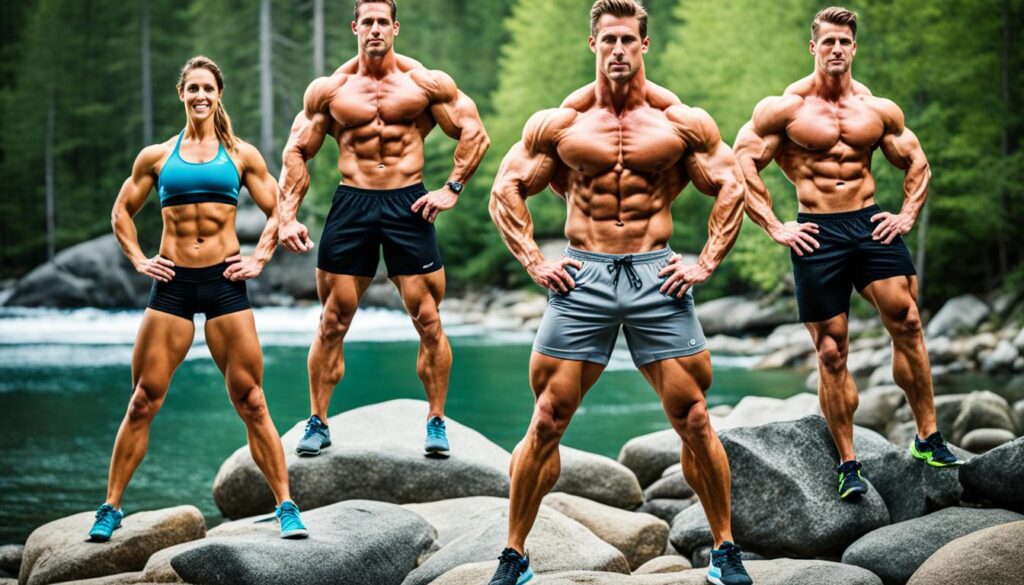
In conclusion, physical strength plays a vital role in body attractiveness, with women consistently finding men with a muscular upper body more appealing. Muscles like arms, chest, shoulders, and abs are particularly attractive to women, highlighting the importance of physical strength in conveying protection, power, and evolutionary instincts. Developing a well-toned physique not only enhances perceived attractiveness but also fosters confidence and self-assurance. While attractiveness is multifaceted, physical strength remains a universally recognized preference in body attractiveness.
The Relationship between Six-Pack Abs and Attractiveness
While six-pack abs are often associated with attractiveness, they do not rank as highly as other characteristics in terms of desirability. Surveys have shown that women prioritize other features, such as beautiful eyes, a winning smile, a strong jawline, and a well-built frame, over a six-pack.
Maintaining a healthy weight and overall physique is important, but the obsession with achieving six-pack abs is not as significant to women as it may be to men. Women are more attracted to a combination of physical features that convey strength, health, and confidence.
It’s worth noting that not all women share the same preferences, and individual tastes can vary. However, the overall consensus indicates that a six-pack is not the sole determining factor of attractiveness in men. It is more important for men to focus on their overall physical well-being and cultivate positive personality traits.
“Attractiveness is subjective, and women’s preferences go beyond just physical appearance. A great personality, confidence, and a genuine connection are equally important factors in establishing attraction.” – Dr. Lisa Johnson, Relationship Psychologist
While having a six-pack may enhance the physical appeal of some men, it should not overshadow other essential factors that contribute to overall attractiveness. A holistic approach to self-care, including maintaining good hygiene, dressing well, and displaying emotional intelligence, can have a more significant impact on attracting a partner.
Remember that attractiveness is not solely about physical appearance, but also about personal attributes, compatibility, and emotional connection.
The Role of Physical Appearance in Attractiveness
Physical appearance undoubtedly plays a role in initial attraction, but it is not the sole determining factor in forming meaningful connections. While striving for a fit and healthy physique can improve confidence and overall well-being, it is important to prioritize self-acceptance and understand that attractiveness goes beyond physical characteristics.
| Factors that Contribute to Attractiveness | Percentage of Women Agreeing |
|---|---|
| Beautiful eyes | 76% |
| Winning smile | 68% |
| Strong jawline | 62% |
| Well-built frame | 58% |
| Six-pack abs | 42% |
Table: Women’s Preferences for Attractive Physical Features
As shown in the table above, while six-pack abs are desired by some women, they rank lower compared to other physical features such as beautiful eyes, a winning smile, a strong jawline, and a well-built frame. This highlights the importance of focusing on overall attractiveness rather than solely targeting one aspect of physical appearance.
The Influence of Male Body Hair and Vascularity on Attractiveness
When it comes to attractiveness, male body hair and vascularity can have a significant impact, albeit with varying effects depending on individual preferences. Some women find body hair attractive, while others prefer a smoother, hairless appearance.
Similarly, vascularity, which refers to the visibility of veins, can be perceived as attractive by some women, while others may find it unappealing. This divergence in preferences highlights the subjective nature of attractiveness and the diverse range of beauty standards that exist.
While there is no universal consensus on the role of male body hair and vascularity in attractiveness, it is important to note that personal preferences play a crucial role in determining what individuals find appealing.
The Role of Male Body Hair in Attractiveness
Male body hair has been a topic of debate when it comes to attractiveness. Some women find a certain level of body hair appealing, associating it with masculinity and ruggedness. Others may prefer a smoother, hairless look, considering it more aesthetically pleasing. The influence of male body hair on attractiveness is subjective and can vary significantly among individuals.
It is worth noting that cultural factors and societal norms also shape perceptions of male body hair. For example, in some cultures, a hairy chest or a well-groomed beard may be considered highly desirable, while in others, a more polished and hairless appearance may be preferred.
To illustrate the varying views on male body hair, here is an example of opinions expressed by women in a survey:
- “I find some body hair attractive, especially a well-maintained beard.”
- “I prefer a smooth, hairless chest and back.”
- “A little bit of body hair adds a rugged appeal.”
- “Too much body hair can be a turn-off for me.”
The Role of Vascularity in Attractiveness
Vascularity refers to the visibility of veins on the body, particularly in areas such as the arms, legs, and chest. Some women find vascularity attractive, perceiving it as a sign of fitness, health, and masculinity. The prominent veins can accentuate the muscularity of a physique and provide an aesthetic appeal.
However, it is important to acknowledge that not all women are attracted to vascularity. For some, prominently visible veins may be off-putting or evoke discomfort. Personal preferences, cultural influences, and individual experiences all contribute to the diverse range of opinions regarding vascularity.
Here are some contrasting viewpoints from women surveyed on the subject of vascularity:
- “I find visible veins on the arms and chest incredibly attractive. It shows dedication and hard work in the gym.”
- “Vascularity is not something that appeals to me. I prefer a more toned look without the pronounced veins.”
- “A moderate level of vascularity can be attractive, but excessive visibility can be a bit overwhelming.”
- “I don’t pay much attention to veins. It’s not a determining factor in attractiveness for me.”
Ultimately, whether or not male body hair and vascularity contribute to attractiveness depends on an individual’s personal preferences, cultural influences, and societal norms. It is essential to recognize and respect the diversity of opinions and beauty standards that exist.

Conclusion
After examining various factors influencing body type preferences, it is clear that individual taste, cultural influences, and societal trends play a significant role in determining the most liked body types. However, certain attributes consistently emerge as attractive qualities in men.
A balance between an athletic and strong physique, characterized by a moderate level of muscularity, is generally favored. This includes a lower body-fat percentage, with particular emphasis on a flat stomach or defined abs. Broad shoulders and a proportionate physique are also considered desirable features.
Interestingly, the rise of the Dad-Bod demonstrates the importance of confidence and self-assurance in attractiveness. This softer, less muscular physique has gained popularity due to its relatability and perceived lack of vanity.
Ultimately, it is crucial to prioritize overall well-being by embracing a healthy lifestyle that promotes physical and mental health. Instead of fixating on achieving a specific body type, focus on maintaining a balanced, active lifestyle and nurturing self-confidence. Remember, beauty is subjective, and what truly matters is feeling comfortable and confident in one’s own skin.
FAQ
What are the most liked body types?
The most liked body types vary among individuals, but overall, a balance between athletic and strong muscularity, a lower body-fat percentage with a flat stomach or abs, broad shoulders, and a proportionate physique are commonly perceived as attractive in men.
What is the impact of genetics and exercise on body types?
Genetics plays a role in determining one’s body type, but exercise and fitness choices can also influence and modify body types to a certain extent. Regular exercise, along with a balanced diet, can help individuals achieve their desired physique.
How does height and proportions affect body attractiveness?
Height and proportions are important for body attractiveness. A majority of women prefer men who are 5’9″ or taller, and broad shoulders are often seen as a masculine and attractive feature. Proportions, such as a balanced upper and lower body, are also important for attractiveness.
What is the rise of the Dad-Bod and why is it appealing?
The Dad-Bod, characterized by a softer physique, a slight amount of body fat, and a less muscular appearance, has gained popularity in recent years. Women find the Dad-Bod attractive due to its perceived cuddliness and lack of vanity, making it a more relatable and approachable body type.
What is the role of physical strength in body attractiveness?
Physical strength plays a significant role in body attractiveness, with women consistently finding men with a muscular upper body more attractive. The perception of physical strength can be indicative of a man’s ability to protect and provide, which is rooted in evolutionary traits.
What is the relationship between six-pack abs and attractiveness?
While six-pack abs are often associated with attractiveness, surveys have shown that women prioritize other features, such as beautiful eyes, a winning smile, a strong jawline, and a well-built frame, over a six-pack. Maintaining a healthy weight and overall physique is important, but the obsession with achieving six-pack abs is not as significant to women as it may be to men.
How does male body hair and vascularity influence attractiveness?
Male body hair and vascularity can have varying effects on attractiveness, depending on individual preferences. While some women may find body hair attractive, others may prefer a smoother, hairless appearance. Similarly, vascularity, or the visibility of veins, can be seen as attractive by some women, while others may find it unappealing. Attractiveness is subjective and can vary from person to person.
What are the key takeaways on most liked body types?
The most liked body types in men include a balance between athletic and strong muscularity, a lower body-fat percentage with a flat stomach or abs, broad shoulders, and a proportionate physique. The rise of the Dad-Bod as an appealing body type highlights the importance of confidence and self-assurance in attractiveness. It is essential to embrace and maintain a healthy lifestyle that prioritizes physical and mental well-being, rather than solely focusing on achieving a specific body type.
